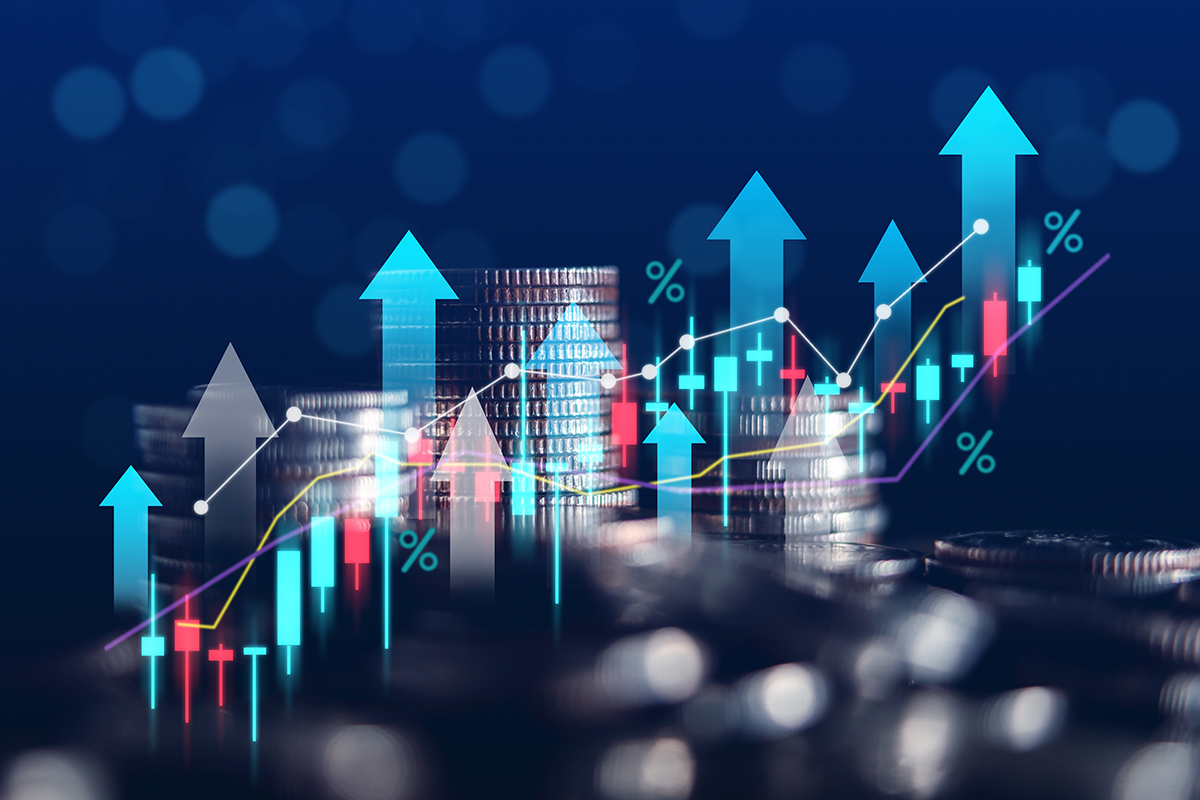
Earnings from Microsoft, Apple and Amazon show robust demand for cloud and AI hardware, signaling steady IT refresh cycles and growing feedstock for recycling firms. | MMD Creative / Shutterstock
Earnings season is in full swing and the latest results from Microsoft, Apple and Amazon show that the global technology hardware cycle remains extremely active heading into late 2025.
Despite economic headwinds, all three companies reported solid revenue and profit growth driven by enterprise cloud demand, AI-related hardware refreshes and sustained consumer appetite for premium devices. Their results confirm that hardware deployment and replacement remain central to their growth strategies and that a new wave of servers, laptops and connected devices will soon enter downstream disposition and recycling channels.
Microsoft reported its fiscal first-quarter 2026 results on October 29, posting revenue of $77.7 billion, up 18% year over year. Net income rose 23%, supported by continuing strength in Azure cloud services and enterprise software.
Apple followed on October 30 with fourth-quarter 2025 revenue of $102.5 billion, up 8% from a year earlier and a 13% rise in profit. The company noted stable iPhone and Mac demand and record performance in its services business. The same day, Amazon reported third-quarter 2025 revenue of 180.2 billion dollars, a 13% increase, with Amazon Web Services (AWS) revenue up 20%. From an IT hardware market perspective, these three companies together drive a significant share of global IT spending, from consumer devices to hyperscale data-center hardware and their growth should normally ensure continuous movement of physical assets through the technology lifecycle.
For the end-of-life sectors, grouping IT asset disposition (ITAD) and electronics recycling, these earnings bode well, essentially pointing to sustained hardware turnover across both enterprise and consumer markets. Microsoft’s cloud expansion means ongoing infrastructure replacement as customers modernize data centers and deploy new AI-capable systems. Each round of upgrades generates retired servers, storage arrays and networking gear requiring certified data erasure, refurbishment, or responsible recycling.
Amazon’s surge in AWS investment mirrors that pattern, indicating future decommissioning cycles as older racks and systems are phased out. Meanwhile, Apple’s sales momentum reinforces the steady flow of end-user devices feeding trade-in, refurbishment and material-recovery programs. The combination of enterprise and consumer refresh activity translates into higher volumes of recoverable electronics entering ITAD and recycling channels well into 2026.
Looking ahead, the three tech giants expect continued investment that will sustain hardware lifecycles. Microsoft guided for further double-digit growth and ongoing capital spending on cloud and AI infrastructure, implying new data-center build-outs today and more decommissioning projects tomorrow. Apple’s management also expressed confidence in steady device demand through the holiday quarter and highlighted the company’s growing trade-in ecosystem, ensuring a recurring stream of recoverable units for refurbishers and recyclers. For its part, Amazon forecast elevated spending on AWS expansion and logistics automation, suggesting continued asset rotation within its vast server and supply-chain equipment base.
The positive side of this outlook is about strong replacement activity, consistent feedstock for ITAD providers and expanding corporate attention to lifecycle accountability. The risks are equally tangible: potential slowdowns in enterprise capital budgets, continued hardware complexity and rising compliance costs. For ITAD and recycling operators, the task is to evolve alongside their largest upstream partners, investing in secure processing, automation and verifiable sustainability metrics.
So far, the takeaway from this round of earnings is that the hardware engine of the technology industry is still running at full speed and every upgrade at Microsoft, Apple and Amazon sets another round of assets in motion. For the companies charged with recovering, refurbishing and recycling those systems, the work ahead will be steady, demanding and increasingly central to how technology growth remains sustainable.
More stories about markets

